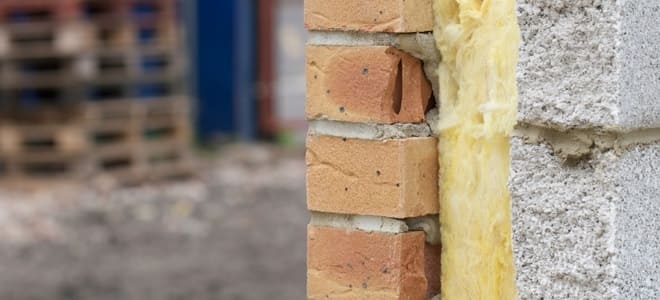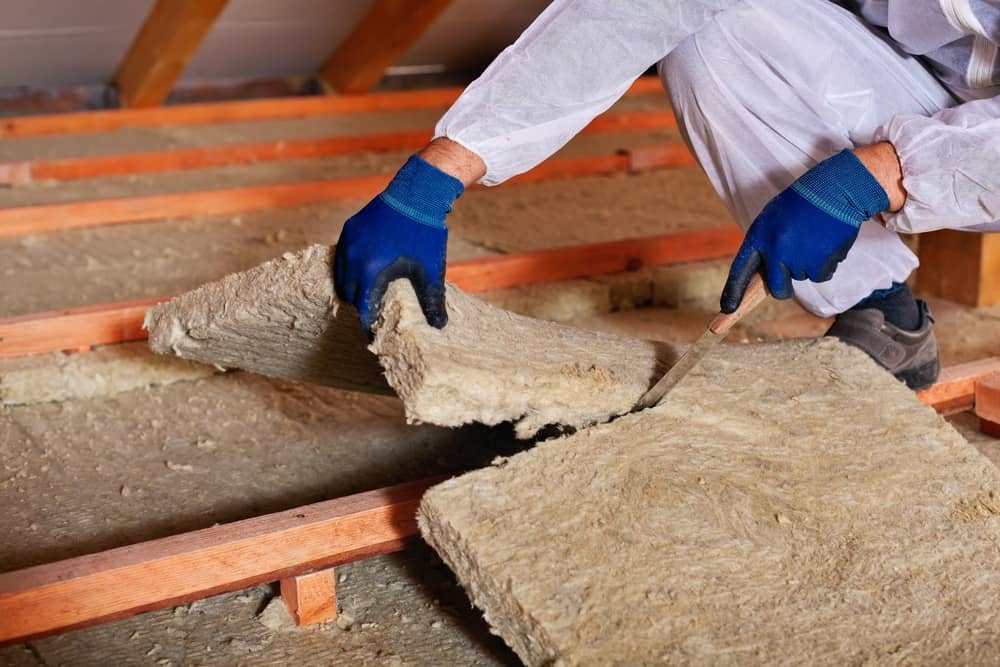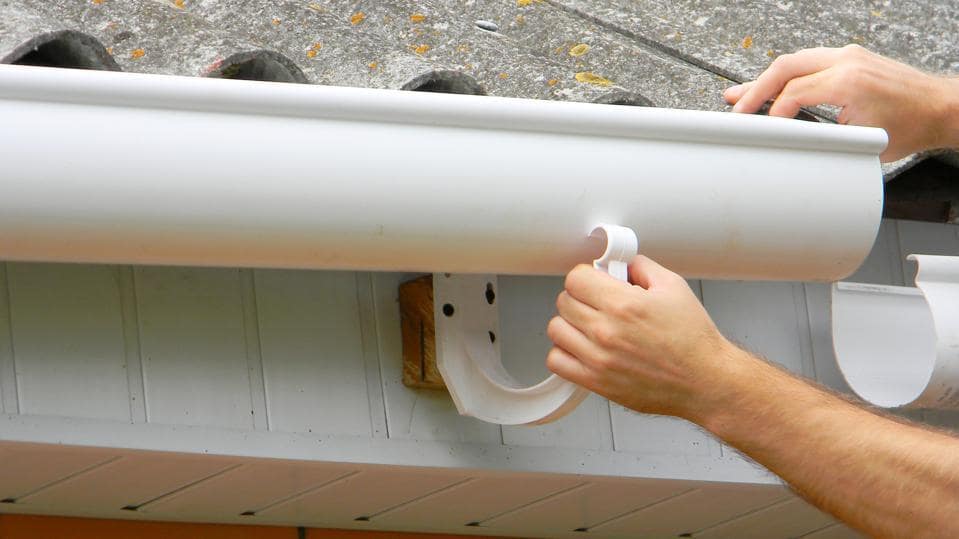Fiberglass insulation is one of the most commonly used for homes. It’s mainly used in residential and commercial properties to keep thermal energy from leaking out. Fiberglass comes in the form of long batts or rolls and the best thing about it is that it doesn’t decline in efficiency or wear out over time. This makes fiberglass a very energy-efficient and cost-effective method of insulation. So, this article is about 6 Insulation safety tips for handling fiberglass to save your health and material.
However, don’t be fooled by its pink cotton candy-like appearance, it is made of extremely fine fibers or shards of glass and sand that could end up irritating your eyes, skin, or even make their way into your lungs.
Adults may know better, but the curiosity of young school-going children may get the best of them, causing them to suffer the annoying irritation caused by touching fiberglass insulation. Just a single touch could lead to uncontrollable itching and burning sensations on the skin.
Whether you’re a professional or a DIY-er, installing fiberglass insulation can be hazardous unless you exercise the proper insulation safety precautions, which we have listed in this article.
Safety Tips On How To Handle Fiberglass Insulation
1. Protect The Hands
When it comes to cutting or installing fiberglass insulation, the first major insulation fiberglass safety concern in this matter is your hands. There is no way your naked skin can shake off all that impending itchiness and burning sensations when you’re cutting insulation batts. That’s why you should always consider wearing gloves.
And when you’re wearing gloves, be sure that they’re completely sealed without any holes or cuts in them. You can either patch the holes up or replace that pair with a new one after they have seen their days. This way, your hands will be safe from succumbing to the unbearable power of itching.
And should any of the particles come in contact with your skin, do your best not to scratch or rub your skin. Wash your hands with warm water and use a mild soap.
2. Use Special Knives
Whether you’re a professional or working by yourself, use proper knives. Slice long-blade industrial ceramic knives are an industry favorite. They last longer than most other types of blades.
3. Cover Your Eyes And Your Head
If you’re going to install fiberglass insulation in areas over your head like the attic, then you’ll need to wear a proper headcover for attic insulation safety. This way, both your head and your face will be protected from coming into contact with fiberglass.
Since these are fine particles, there is a good chance that your eyes may be at risk as well. That’s why you should shield your eyes by wearing proper glasses are goggles that come with side shields. Make sure to wash and iron the clothes you used for installing fiberglass insulation separately from your other clothes to prevent the latter from getting contaminated in the process.
4. Keep Your Breathing In Check
This is one of the most serious foam insulation safety concerns, you need to review.
Fortunately, this issue can be easily averted by wearing a simple dust mask that you can get at any home improvement or hardware store.
Another type of building material (like fiberglass) that can damage your lungs is silica. If you wish to learn more about how to protect yourself against this material, check out this source.
5. Cover Your Body As Well
You may have the gloves, the goggles, and the headgear, but your arms, your neck, and other small spaces are still visible for those fine tiny shards to sneak in an attached themselves onto you.
To counter this, you should wear a disposable coverall to protect your regular house clothing, because once those fibers latch onto any kind of fabric, it’s almost impossible to remove them.
For extra protection, we suggest wearing long pants and long sleeves underneath your coverall. Taping the wrists and ankles of your coveralls isn’t necessary.
6. Avoid Eating Food
Installing fiberglass insulation can be quite tiring and although it may be tempting, you must refrain from eating and/or drinking. There’s a good chance some of those fine particles that you cut from the insulation material are still hovering about in the air. Eating will open up opportunities for these particles to land on your food and then evidently make it into your lungs. If you wish to eat, then do it add a nearby cafe or somewhere away from your insulation job.









